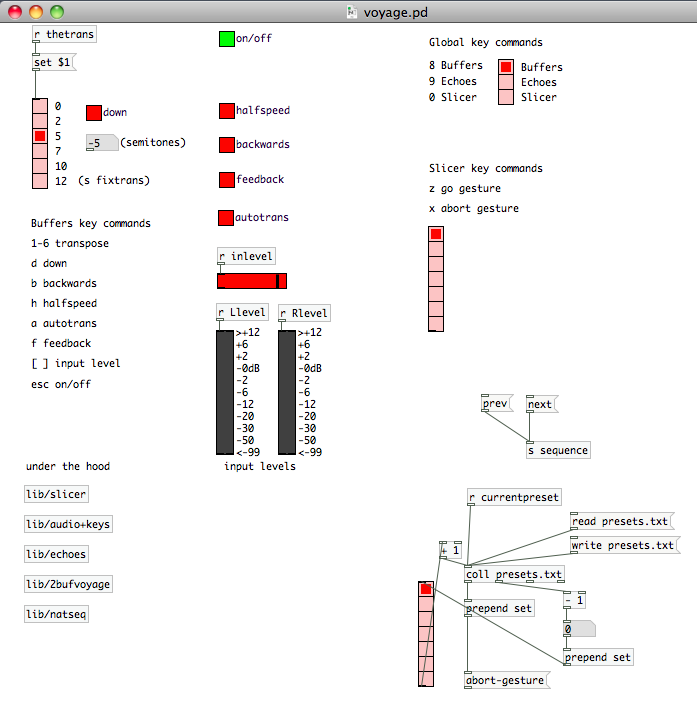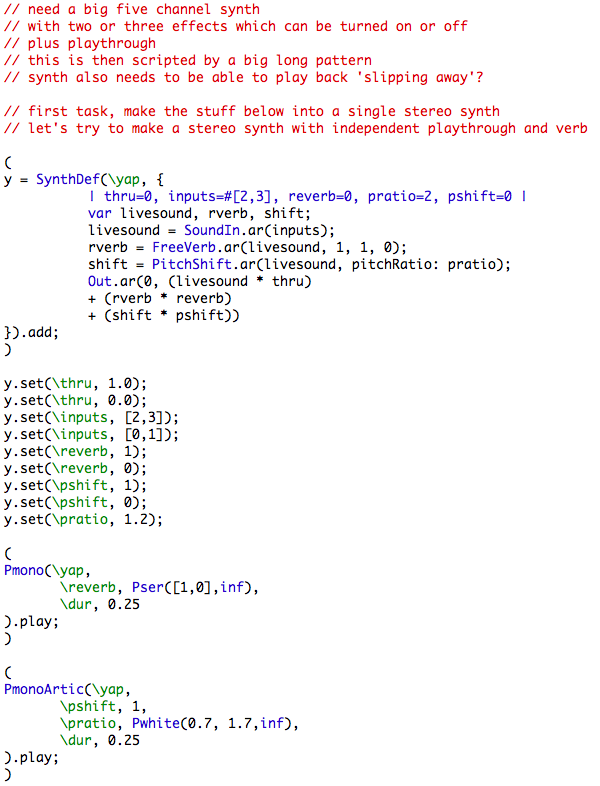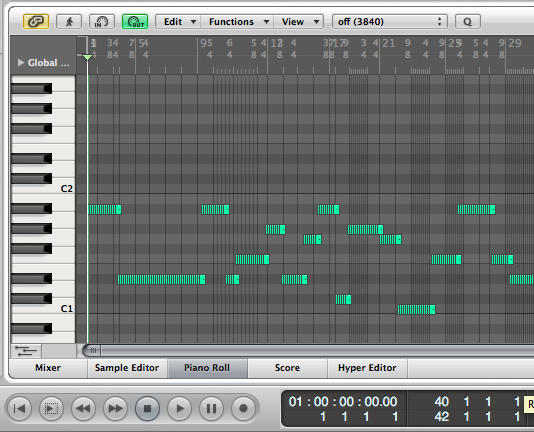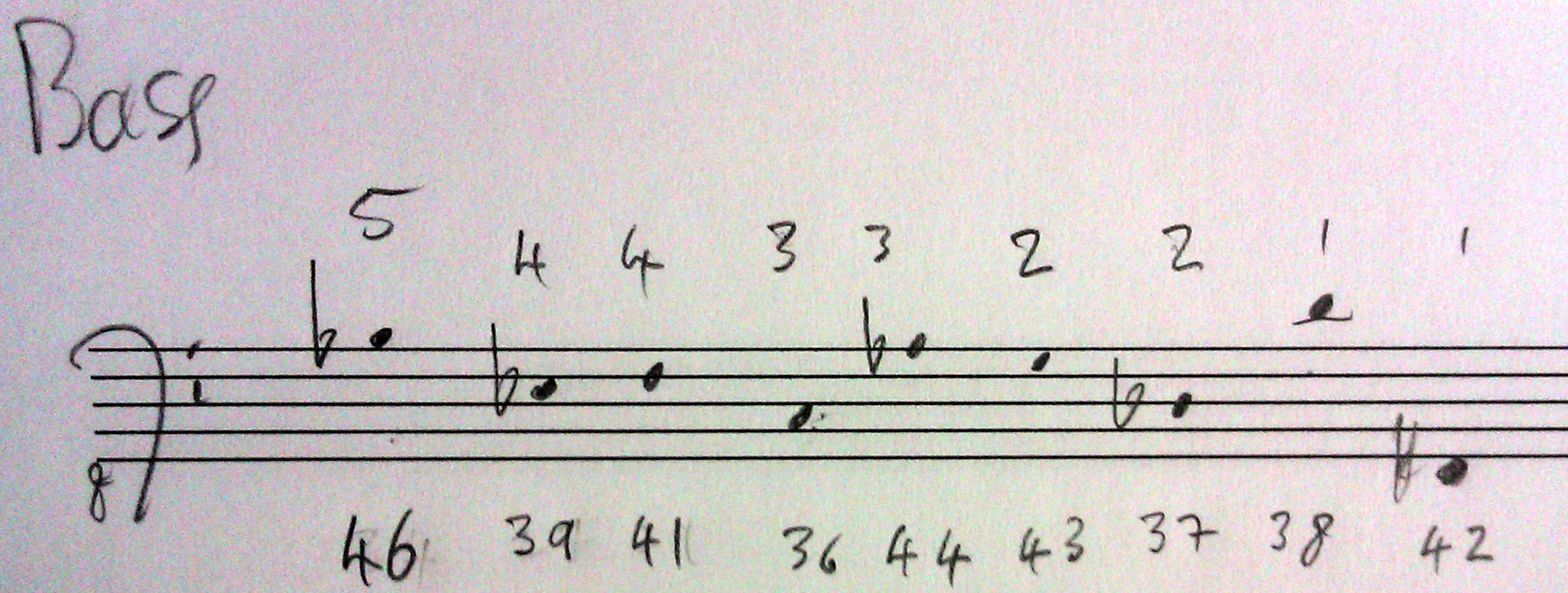Gathering of the Gamelans - Day 2, morning
Our first session today was the fascinating tale of the Dutch group 'Babar Layar', as researched by Maria Mendonça. It's a story worthy of Hollywood: a group of Dutch teenagers who decided to construct their own gamelan under the Nazi occupation, going on to become a key influence on gamelan in Europe and the States. There's a clip of them playing at an Eistedfodd in Wales in 1953 (about 1'50 into that clip).
After Maria's session I took a break, and missed what seems to have been one of the best workshops of the conference 'The Song of the Gong: teaching Javanese gamelan to the early-years with reference to Kodály, Dalcroze & Alexander' by Nikhil Dally. I gather this was a very grounded, embodied, vocal approach to teaching basic gamelan cycles.
Over lunch we had 'a concert of contemporary music for chamber gamelan ensembles, with electronics flute, banjo and vibraphone'. The standout piece was undoubtably Robert Campion's 'Gendèr Study 3'. The idea of making a 'study' for this complex and hard to master instrument makes perfect sense: a tightly structured, sparky piece, performed with great focus and intensity by the composer himself.
Jon Hughes, John Jacobs and Charlotte Pugh had collaborated on a piece which seemed to comprise a layer of devised loops and fragments, recorded and diffused over an ambisonic rig, combined with live ?improvised rebab from Charlotte and planned ostinato material from John on gender paneruus and Sundanse drums. This worked well for me, particularly the rhythmic energy of the piece.
Aris Daryono's piece for two sarons wrung a large number of different ideas from the basic idea of imbal: perhaps too many ideas? Ellen Jordan had devised a collision between the traditional American tune Wayfaring Stranger and Wilujeng, with voice, rebab and banjo. A good idea, with perhaps an over-fiddly execution.
Daniel March's 'Pieces of Five and Three' and Symon Clarke's 'Three Exits' were attractive and carefully written, but perhaps a little abstract for my taste.





